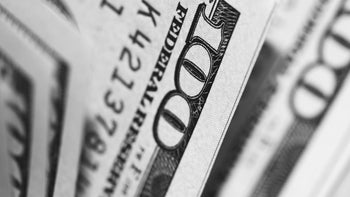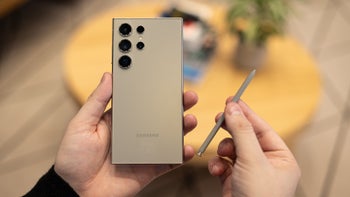All of a sudden your older iPhone is worth less when you trade it in for a new one

If all goes well, in approximately nine weeks those with an Apple iPhone 11 series unit will come to the sudden realization that they no longer own one of the latest iPhone models. For many, life will go on as before; others will be getting messages from their brain every 30 minutes that says "Must-Upgrade-To-iPhone 12." And the closer it gets to the release date of the 2020 5G iPhones, the more urgent the message becomes to that latter group until that is all they can think about.
Even before we know the particulars, renders, leaks, and Ming-Chi Kuo have given us the broad strokes about what changes to expect. There should be four models, all with an OLED panel; while all four will support 5G, all 5G might not be supported by the four. The "Pro" units will reportedly work with both slower sub-6Hz 5G signals and the faster mmWave 5G spectrum while the standard models will only be compatible with the former. All four will be powered by the 5nm Apple A14 Bionic chipset that has 15 billion transistors packed inside each component. The 5.4-inch iPhone 12 and iPhone 12 Plus will carry 4GB of memory, the premium units will have 6GB of RAM. And all four will feature flat sides similar to the design used on the iPhone 4 line. While battery capacities could show another big leap, some of that will be consumed for 5G connectivity.
If you are planning to trade in an older iPhone to offset some of the cost of buying an iPhone 12 model, MacRumors spotted some disconcerting data. Apple has reduced the maximum trade-in value by as much as $50 for its aging phones. Keep in mind that right now these trade-in values apply toward the purchase of an iPhone 11 series handset. If Apple keeps these values for trades toward the purchase of an iPhone 12 model, the drop in value will really hurt consumers and not solely because of the financial fallout from the pandemic. Since Apple reportedly plans on releasing the 2020 iPhones without a charger or EarPods in the box, $50 would go a long way toward the $59 (before taxes) needed to replace the pair. But Apple supposedly has an exquisite box planned so all is good, right? Not really. Most consumers would rather not have to go to the trouble of buying the missing accessories. v
Now back to the lowered trade-in values:
| Model | Trade-in value | Change |
|---|---|---|
| iPhone XS Max | $450 | -$50 |
| iPhone XS | $370 | -$50 |
| iPhone XR | $270 | -$30 |
| iPhone X | $280 | -$40 |
| iPhone 8 Plus | $220 | -$30 |
| iPhone 8 | $170 | +/-0 |
| iPhone 7 Plus | $130 | -$20 |
| iPhone 7 | $110 | -$10 |
| iPhone 6s Plus | $100 | +/-0 |
| iPhone 6s | $70 | -$10 |
| iPhone 6 Plus | $45 | -$5 |
| iPhone 6/iPhone SE | $30 | +/-0 |
You're bound to get more money for your iPhone if you sell it privately but that is going to take more time and effort. You still have some time right now to see if you can find a buyer on eBay or Craig's List but be smart about this. Don't risk getting infected by engaging in face-to-face negotiations; use FaceTime or Duo instead. Third-party sites like Gazelle will buy your older iPhone, but if the funds are going toward the purchase of a new 2020 iPhone, you might want to bypass this route. That's because you are paying a price for the ease of using a third-party firm. For example, an unlocked 64GB iPhone XS Max in good condition with no scratches will fetch $242 on Gazelle. Apple, even with the $50 cut, will still give you $450 toward the purchase of a new iOS device. Remember, these values are subject to change before the 2020 iPhone units go on sale.










Things that are NOT allowed: